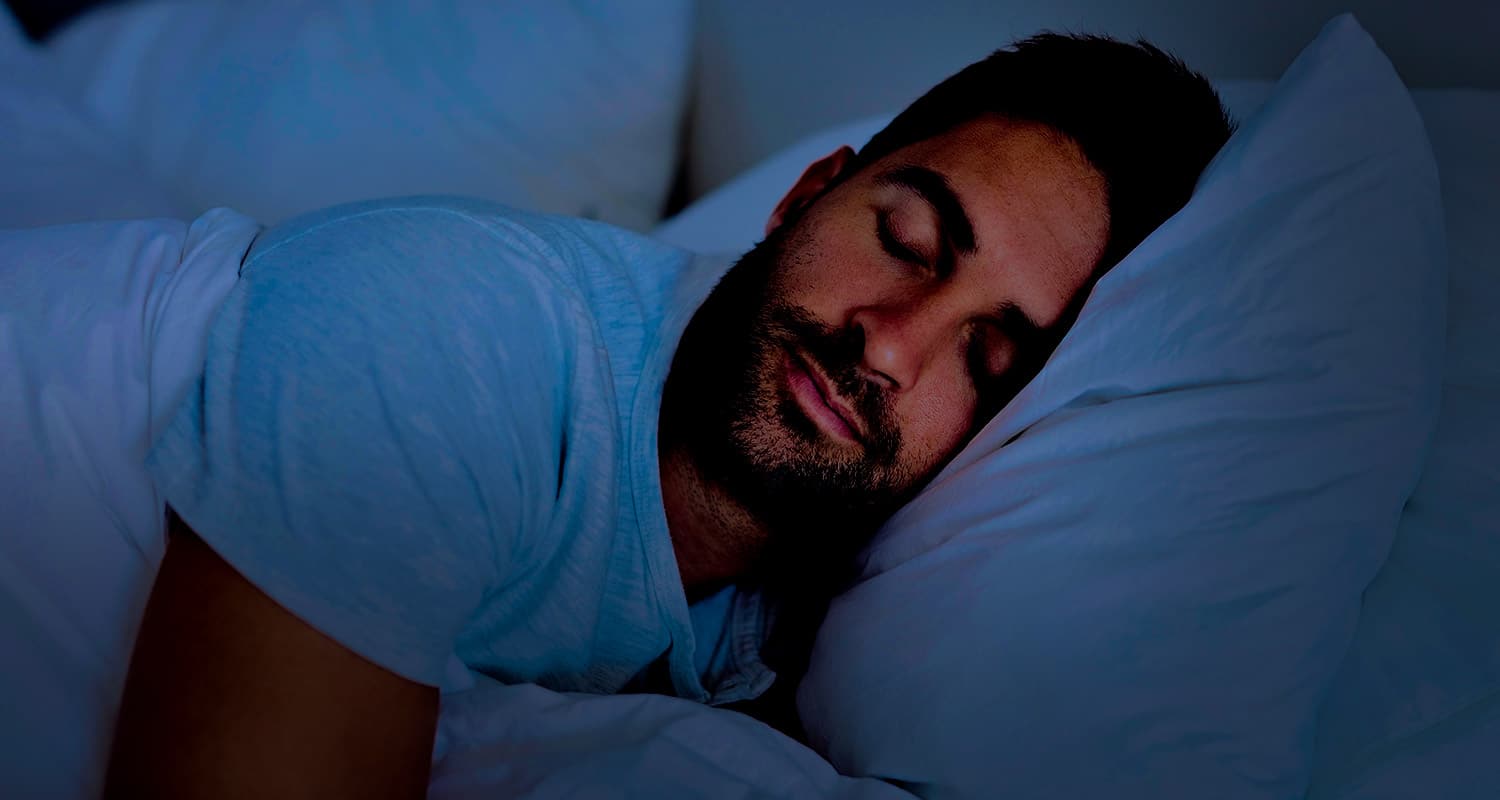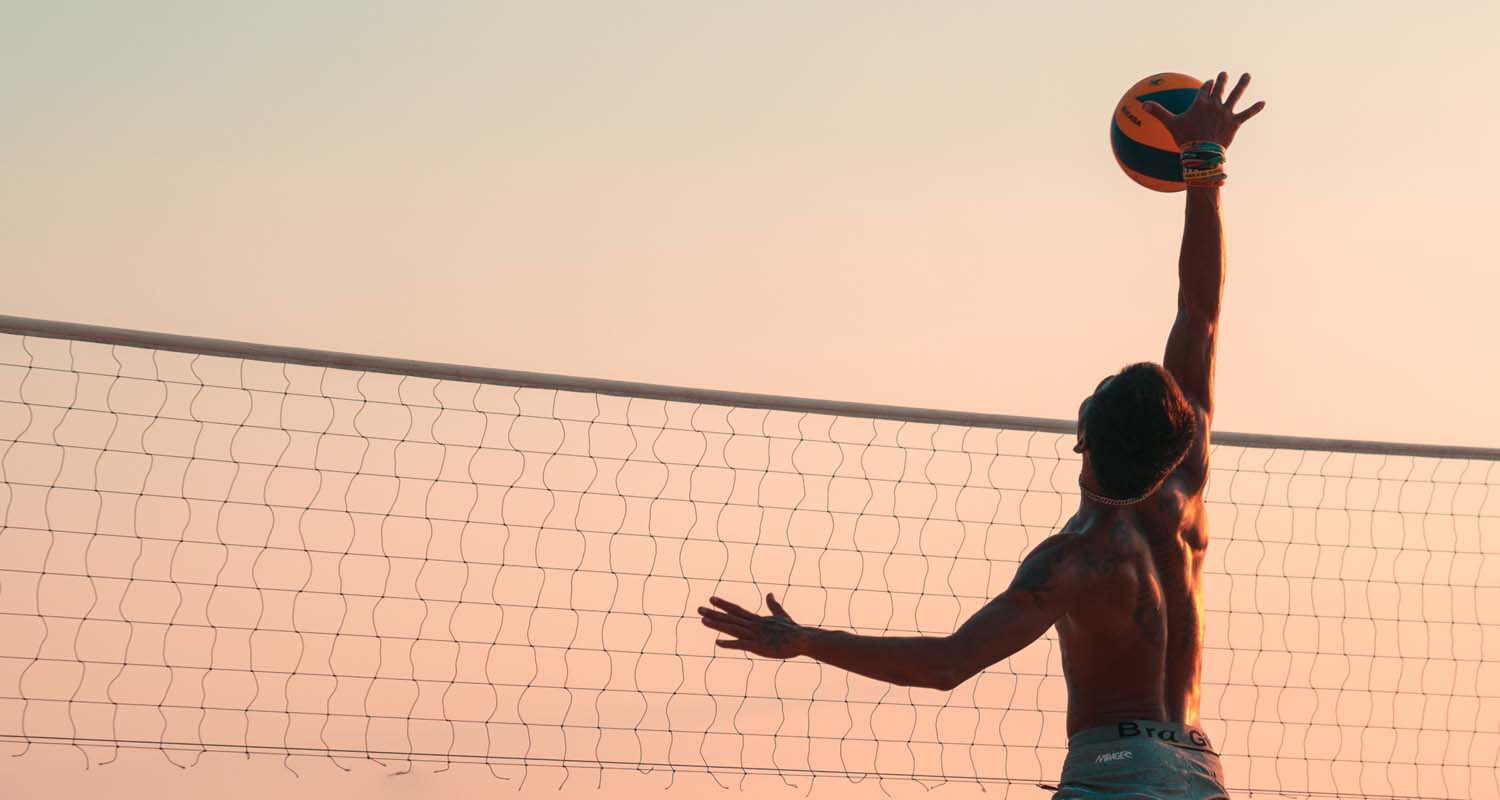
Science suggests that chess players, ultra-marathon runners, and prolific artists have one thing in common. They repeatedly and consistently nail the flow state – that optimal experience known as “the zone” – where amazing feats become normal occurrences. The best-kept secrets of successful flow states are now backed by science, which demonstrate that you too can attain this sublime experience, even if you’re only vaguely familiar with it. Ahead, we reveal the best ways to achieve a flow state, according to thought leaders who’ve discussed the topic on Bulletproof Radio podcast episodes.
What is the flow state?
In a Bulletproof Radio (iTunes) podcast episode with Stella Grizont, Founder and CEO of WOOPAAH, a company dedicated to helping people and their companies thrive, she summarizes flow state as the experience of complete absorption in a particular endeavor. “True engagement is when we are so lost in the task at hand that we lose a sense of time and space. We even forget ourselves, our ego [and its] ruminations.”
University of Chicago psychologist Mihaly Csikszentmihalyi, father of positive psychology, coined the term flow state. In the 1970s, Csikszentmihalyi initiated one of the largest psychological surveys ever, questioning countless people about the times in their life when they not only performed their best, but also felt amazing.
Csikszentmihalyi began with experts — chess players, surgeons, and dancers — then moved on to Italian farmers, Navajo sheepherders, Chicago assembly line workers, elderly Korean women, and Japanese teenage motorcycle gang members. After taking stock of everyone he spoke with from diverse walks of life, Csikszentmihalyi realized that all of these people felt their best and performed at their peak when they were in the “flow.”
As Steven Kotler, Co-founder and Director of Research for Flow Genome Project, reveals in this Bulletproof Radio (iTunes) podcast episode, anyone can tap into the flow state. “While flow is most traditionally associated with athletics being in the zone — runner’s high — it’s actually ubiquitous. It shows up in anyone, anywhere, provided certain initial conditions are met.”
8 characteristics of the flow state
Those initial conditions Kotler speaks of are the defining 8 characteristics of flow, which Csikszentmihalyi documents in his book, “Flow: The Psychology of Optimal Experience.” They are:
- Complete concentration on a task
- Clarity of goals, immediate feedback, and a reward in mind
- Transformation of time (speeding up or slowing down of time)
- Intrinsically rewarding experience – an end in-and-of itself
- Effortlessness and ease
- Balance between challenge and skills
- Actions merge with awareness — a loss of self-conscious rumination
- Feelings of control over the task
What happens to your brain in the flow state?
Neuroscientists at Bonn University in Germany initially discovered that when you enter the flow state, a cocktail of endorphins or feel-good hormones release into your bloodstream. Other researchers have since determined that the specific neurotransmitters norepinephrine, dopamine, anandamide, and serotonin are involved. These are pleasure-inducing and performance-enhancing neurochemicals that enhance your attention to detail, relax muscles, help problem-solve, and also help you feel good.[ref url=”https://www.sciencedirect.com/topics/neuroscience/neurotransmitters”]
American University in Beirut neuroscientist Arne Dietrich theorized that there’s another process at play during the flow state, called transient hypofrontality — decreased activity in the prefrontal cortex, the portion of your brain responsible for higher cognitive functions like consciousness and memory. This temporary inactivation of the prefrontal cortex triggers a sense of time distortion, loss of your ego-based self-consciousness and inner-critic.[ref url=”https://www.sciencedirect.com/science/article/pii/S1053810004000583?via%3Dihub”] When this occurs, Dietrich hypothesizes in “Introduction to Consciousness,” it’s likely that other brain areas free up to communicate in creative processes.
What are the benefits of the flow state?
The combination of neurobiological effects on the brain during the flow state offers you myriad benefits, including: greater creativity, increased productivity, accelerated learning, ability to overcome fears, improved athletic performance, better sleep, and enhanced happiness.
Greater creativity
In this Bulletproof Radio (iTunes) podcast episode, Steven Kotler remarks on the amazing benefits of flow state on creativity. “In our studies at the Flow Genome Project, people are reporting a 500% to 700% boost in creativity in flow.” Research underscores the value of flow state for performance jazz musicians.[ref url=”https://www.frontiersin.org/articles/10.3389/fnhum.2015.00518/full”] Another study reveals how art therapists facilitate personal growth by helping individuals enter and maintain a state of flow in their art making.[ref url=”https://www.tandfonline.com/doi/abs/10.1080/07421656.2013.787211″]
Increased productivity and accelerated learning

Overcoming fear
Whether you’d like to overcome a fear of public speaking or skydiving off a cliff, Kotler reveals how the flow state can help you by subbing one form of fear for another. “Your brain cannot tell the difference between social fear and physical fear. They’re processed by the exact same structures in the brain.” If you can overcome one, you can overcome the other – all you need is the flow state. Kotler and Wheal created an experiential playground called flow dojo. When you enter it, a perceived physical fear triggers you in the form of a challenge. This prompts you to become completely immersed in the experience. “You get kicked into the flow as a result of these triggers,” says Kotler. You then work through the challenge to overcome your initial fear. The more comfortable you get in your flow state, the more adept you become at overcoming other fears as well, says Kotler.
To that end, in this Bulletproof Radio (iTunes) podcast episode, BMX superstar and brain tumor survivor Josh Perry credits the trust and intuition he feels in the flow state as keys to his successful risk-taking on the bike. “What we [bikers] do in a matter of two seconds – we are upside down, spinning our bike, twisting — it just happens and you have to trust it. Trust is something you feel [in the flow state], and that’s where the intuition comes in. You can feel it [being in the flow state]. You do it long enough — you practice long enough – it’s just like meditation.”
Improved athletic performance
Mindfulness-based flow states are linked to improved athletic performance.[ref url=”http://researchdirect.uws.edu.au/islandora/object/uws:20202″] Amanda Allen, a cross-fit champion, spoke about the benefits of flow state on her athletic performance in this Bulletproof Radio (iTunes) podcast episode; specifically the practice of mindful breathing in a flow state as a means to establish a peak-performing rhythm. “It’s a meditative state…My breath, and the next count, and the next movement, and my breath, and the next count, and the next movement. That is all a meditation.”
Better sleep

Enhanced happiness
Csikszentmihalyi points out in “Flow” that the flow state results in happiness because it’s under our control as an internal experience. In this case, happiness is not based on external rewards, gifts, or other people’s opinions.
In this Bulletproof Radio (iTunes) podcast episode, Grizont agrees. She perceives gratitude practices – i.e., journaling 10 things you are grateful for each morning — to be the gateway to the flow state. “If you practice enough gratitude, it opens you up on the continuum of positivity becoming easier and easier to access.” Therefore, gratitude begets happiness; which begets more gratitude and so on. Other research reveals the same interconnectivity between happiness and flow state in mountain climbers.[ref url=”https://onlinelibrary.wiley.com/doi/full/10.1002/jtr.1881″]
3 ways to tap into your flow state
Getting into the flow states is a skill, and there are specific practices that will help you to attain it. The more you practice any of the methods below – the more you achieve your own flow state – the more equipped you will be to enter it at whim. Here are three demonstrated ways to get into flow:
Meditation: Meditation helps you tap into your own inner stillness. Regardless what thoughts arise when you sit still, meditation teaches you to observe them from a detached perspective. Meditation also increases creativity[ref url=”https://www.tandfonline.com/doi/abs/10.1080/10400410902858691″], curbs stress and anxiety, and increases happiness.[ref url=”https://jamanetwork.com/journals/jamainternalmedicine/fullarticle/1809754″] Here is a simple technique you can use to ease your way into the flow state through meditation:
Observation Meditation: Find a peaceful and quiet place to sit. Cross your legs and plant your tailbone into the ground. Truly root yourself into the earth. Close your eyes and allow your breath to settle. Consciously inhale and exhale until your breath finds its own comfortable rhythm. Become the observer of your own inner terrain. Notice thoughts arise and watch them go like clouds in the sky. No need to judge or dwell on them. They are just thoughts. As you do this exercise, you’ll notice that the thoughts in your mind are not you; they are simply passing through you. Allow yourself to fully be in this state for 10-20 minutes. The more you do this meditation, the more “attached” you’ll become to being the observer in a safe and special place.
Heart Rate Variability (HRV) Training: A technique that teaches you to consciously synchronize your brainwaves and heartbeat, this HRV method helps you to attain a calm focus. Like meditation, HRV guides you into your own flow state; though HRV differs from meditation, as you get real-time feedback through an HRV sensor. HRV is particularly helpful for the flow state because it provides a balance between challenge and skill and there’s always room for improvement. Plus, you can track your progress.
Sensory deprivation: According to Taoist traditions, the flow state is inextricably linked to water. Float tanks, also called sensory deprivation tanks, might be the closest you can get to that primitive flow in the fluidity of water. In a float tank, you’re suspended in a light-proof, soundproof chamber (like a big bathtub) with more than 1,000 pounds of magnesium salt. You float free of sensory input, effortlessly, without touching anything. In fact, both water and air temperature mimic standard body temperature. In this way, your senses are completely deprived of any distracting stimuli. This allows your mind to go within.
At first, you may notice thoughts like “This is dumb, boring, and uncomfortable.” However, after a short period of time, your mind starts to flow with the water and let go. Floating is known to enhance creativity[ref url=”https://mmd.iammonline.com/index.php/musmed/article/view/MMD-2011-3-4-4″], which is indicative that you’ve entered the flow state.
For more information on these three techniques, read The Biohacker’s Guide to Meditation and Flow States.
Create your own flow state
You can also create your own flow scenario if that suits you more than the above techniques. Follow these guidelines below to set yourself up for success:
- Create a flow state around something you love to do. Pursuing a passion is a good first step to getting into a flow state, advises Kotler. “Anything that grabs and holds your attention deeply, go in that direction. You’re liable to find flow there.” If you don’t know what they might be, check out the Flow Genome Project and take a free flow profile, which directs you toward your intrinsic life passions.
- Review 8 characteristics of the flow state above. Pull out a journal and jot down notes: What are your goals for the flow session? What skills will you use? What challenges you will face? How you will measure your process? Put these notes aside when you enter your flow state. Then review them in a month to review how you are progressing.
- Ritualize your passion into flow time. Set aside a specific amount of time to dive into your passion. Just as you schedule time for daily meditation, yoga, or a run, commit to your flow state in the same way. Set an alarm to ensure you have a chunk of uninterrupted time – 30-60 minutes at least twice a week – to practice a flow of your liking.
- Breathe for better flow. Wheal perceives breath-work to be a flow state foundation: “Most of us forget to breathe and forget to breathe fully. Any time you’re finding yourself in a struggle situation or a tense or stressful situation, return to your breathing for relaxed air exchange.” Regardless of the activity you choose to do, you’ll need to breathe through it. Practice full belly breaths, and use them as a gateway into greater connection with what you are doing. In other words, experience your passion through your breath.
- Practice makes perfect flow. The best athletes and artists in the world continuously reach peak performance because they’ve internalized the flow state. It’s second nature for them, and with a bit of practice, it can be for you too. Stick with it and maybe even team up with a friend to get into the flow state together – especially if you share a common passion. Be it helicopter skiing or poetry slams, the world is a stage, and everyone’s a performer when it comes to good flow.















